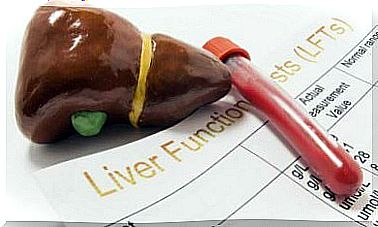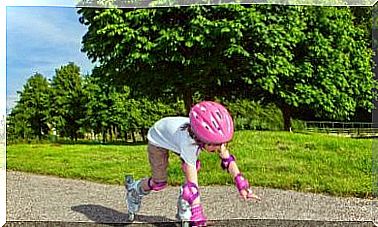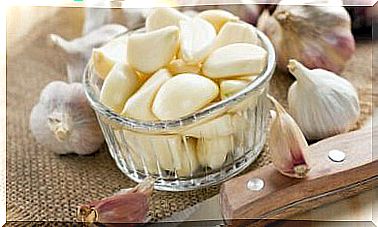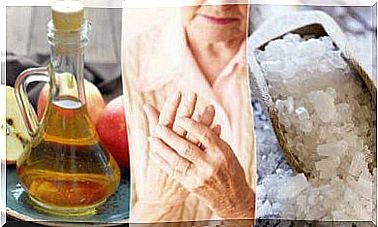Changing Habits That Help Treat Osteoarthritis
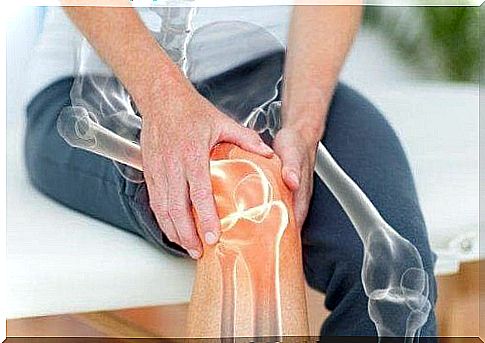
Osteoarthritis is a chronic disease and the most common disease of the human locomotor system. Most often it affects people over 60, but it can occur at any adult age.
Unfortunately, a cure for this disease has still not been invented. However, it is worth remembering about certain behaviors that have a positive effect on our health if we have a degenerative disease .
We can prevent the disease from progressing by adapting our daily routine to certain healthy habits. So how should this disease be treated?
Currently, a number of significant advances have been made in combating the disease. In addition to medications, and painkillers, certain behaviors are recommended to help manage troublesome symptoms. You will discover them in this article.
Osteoarthritis – Helpful Habits
It is caused by damage and insufficient capacity to rebuild articular cartilage. Osteoarthritis develops over time, regardless of the aging process or previous injury. In all cases, it is accompanied by pain, stiffness and movement difficulties.
The severity of symptoms takes an individual form for each patient. Usually, however, it significantly reduces the quality of life. That’s why it’s so important to follow a few tips to help reduce the progression of your disease and control your symptoms. What should we remember?
1. Systematic physical exercise
Pain caused by this disease often reduces our ability to perform certain exercises. But don’t give up too quickly! Above all, let us not fall into idleness. Performing regular, low-intensity exercise in a simple form – will strengthen the muscles around the joints and avoid unpleasant complications of the disease.

About 20 or 30 minutes of physical activity a day is enough to reduce joint stiffness and prevent severe pain associated with the disease. So you can do simple activities like walking, swimming, and gentle stretching. Go for a yoga session tailored for people with health problems. Tai chi is also great.
2. Osteoarthritis and weight loss
Overweight and obesity are factors that accelerate the development of osteoarthritis. They are also treated as one of the causes of disease. Therefore, people who are overweight should take slimming measures. All of this is for your own health.
Adequate weight reduces the pressure on the joints. So it helps to control the troublesome symptoms of the disease, including episodes of pain. It reduces the risk of health complications, such as: cardiovascular diseases or metabolic syndrome.
3. Adequate sleep
It is extremely important to pay attention to this basic need of adequate and healthy sleep. Rest is key to effective symptom control.

It helps to reduce swelling, joint inflammation and improves our well-being. If you suffer from sleep problems, here are some tips to consider:
- Provide yourself with a comfortable space in the bedroom.
- Avoid combining a work room with a bedroom. Don’t transfer your responsibilities to her.
- Before going to bed, stay away from distracting devices such as computers, telephones and tablets.
- Eat foods that positively affect your sleep quality.
- Take care of a healthy and low-calorie dinner.
- Drink relaxing infusions such as chamomile or valerian (valerian).
4. Osteoarthritis and medicinal infusions
Of course, warm medicinal infusions will not replace drug treatment and therapy prescribed by a doctor. However, the systematic use of them brings a number of benefits. They should not be missing in our daily routine.
Some potions useful in the fight against degenerative disease are: ginger, green tea or turmeric infusion.
5. Hot-cold thermotherapy
Therapy with cold and heat can make a significant contribution in treating osteoarthritis. The heat helps to open up blood vessels while improving circulation. Thanks to this, the transport of nutrients to the affected tissues is much easier. In addition, the heat has a calming effect and reduces the feeling of joint stiffness.
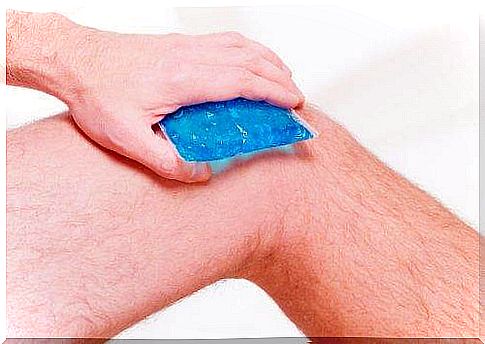
Cold binds blood vessels to reduce swelling and pain. For this reason, it perfectly complements the heat effect. How to conduct thermotherapy on your own?
- First, warm up the body with a bag of hot water or a hot water bottle. If this is not possible, you can use a towel dampened with hot water. Take care to avoid burns.
- Apply heat therapy for 20 minutes on the most troublesome area of the body and rest.
- On the other hand, you can do cold therapy. For this you will use ice cubes wrapped in fabric or cooling bags. Proceed in the same way as in the previous example. Take 20 minutes to do this.
Note: avoid direct contact of ice with the skin as it may be harmful. In turn, when using heat therapy – make sure that the temperature does not exceed your limits.
At the end
It can worsen unexpectedly and the accompanying symptoms significantly reduce the quality of life. That’s why it’s so important to follow these few tips.
Of course, you should be under the constant supervision of a specialist and regular medical examinations. The combination of prescribed treatment and healthy habits has a positive prognosis.
